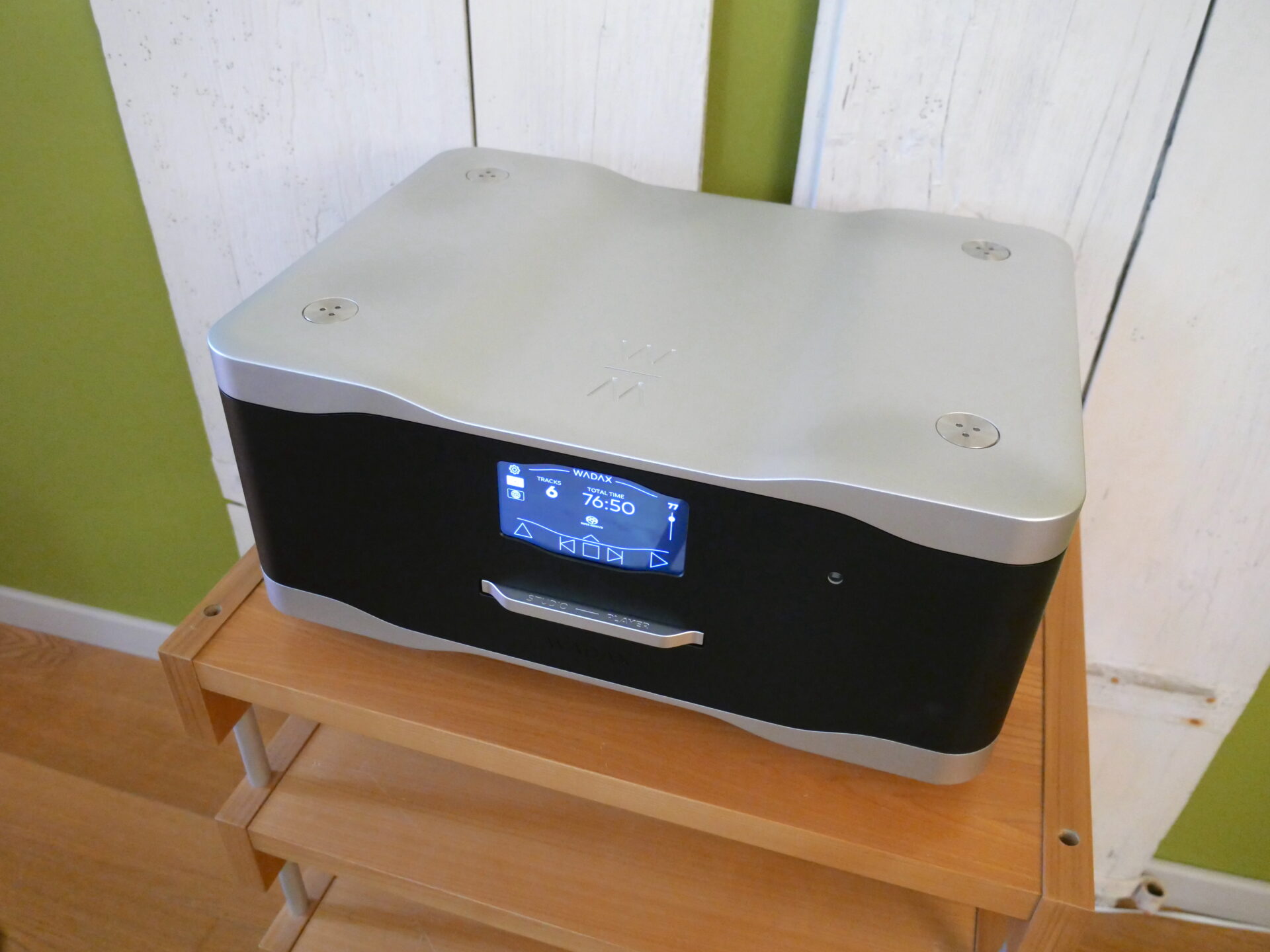At which point it might be easy to conclude that the D1.5 favours small-scale classical or acoustic music, the Wadax larger-scale and more likely rock and pop. But it ain’t actually like that. Which brings me to my third example: Mitsuko Uchida playing the 2nd Movement of Beethoven’s Fourth Piano Concerto, with Rattle and the BPO (BPHR 190243/2, a Berliner Philharmoniker live concert recording on SACD). It’s the shortest and most reflective of any of Beethoven’s Piano movements. Under Uchida’s hands, it is also the most emotionally intense. It has long been an acid test of a system’s ability to emote, even if Rattle’s ham-fisted, almost flatulent accompaniment repeatedly intrudes on the fragile beauty of Uchida’s playing. Playing this disc on the D1.5, Uchida’s measured approach, perfectly shaped and weighted notes and the depth of the pathos she achieves are almost achingly beautiful. There’s no missing the sense of desolation and loss that informs this music, each note held crisp, clean and perfectly spaced against the silent backdrop – until Rattle burps the orchestra all over proceedings! But switch to the Wadax and a strange transformation or inversion takes place. The crystalline clarity of Uchida’s lines is diminished, somehow smoothed and less poised. But when the orchestra interjects, it’s no longer as clumsy, overbearing and thuddy. Instead, it has shape and texture, layers and a weighted sense of control. It’s heavier and goes deeper than the D1.5, but it is also more tuneful, more shapely and more natural – both sonically and musically.
All of which leads me to suspect that the D1.5 is a better transport than the Studio Player, delivering greater detail and resolution, but that the DAC in the Wadax is superior to the one in the D1.5, better able to handle more demanding and more complex signals. Which, if you think about the two products and how they fit into the great scheme of their respective ranges, makes a certain sense. After all, the D1.5 with its MORSe mechanism, is a player/transport, built on the assumption, or at least with the capability, to drive a separate CH Precision DAC, via its proprietary HD-Link high-res connection. As such, it’s the point of a digital spear that might expand to as many as nine boxes! The Studio Player is also expandable – you might add an external power supply and clock – but its transport function is very much a one-box, one-size-fits-all solution. It isn’t as good as the heavily and expensively engineered MORSe transport, but the DAC makes up a lot of ground.

In other words, the D1.5 lifts more information from a disc, but once the going gets tough, the Wadax DAC makes more of the information it gets. Give it a solo instrument and it’s capable of remarkable musical authenticity. But as things get more complicated and demanding, its grip starts to loosen. Factor in a C1.2 (or C10) and you’ll change that equation – but you’ll be changing the financial balance significantly. If that’s your long-term plan, the D1.5 makes perfect sense – and it’s no mean player as it stands. But wheel in the OBI and the Studio Player makes an unanswerable case.

